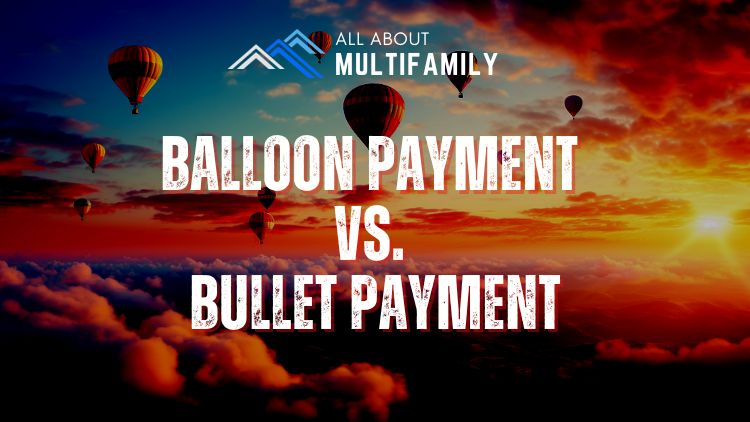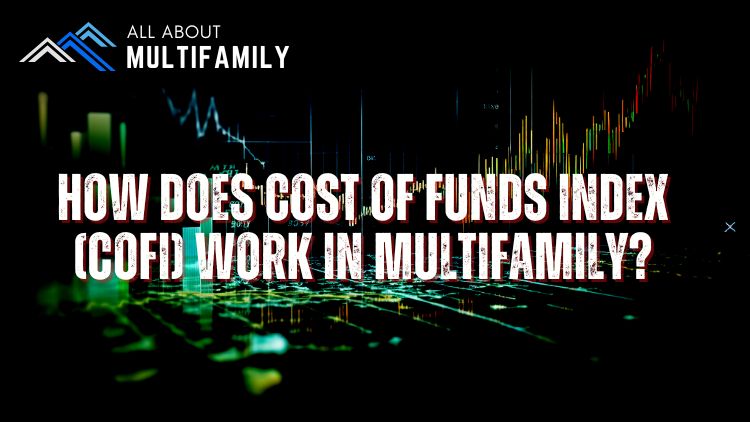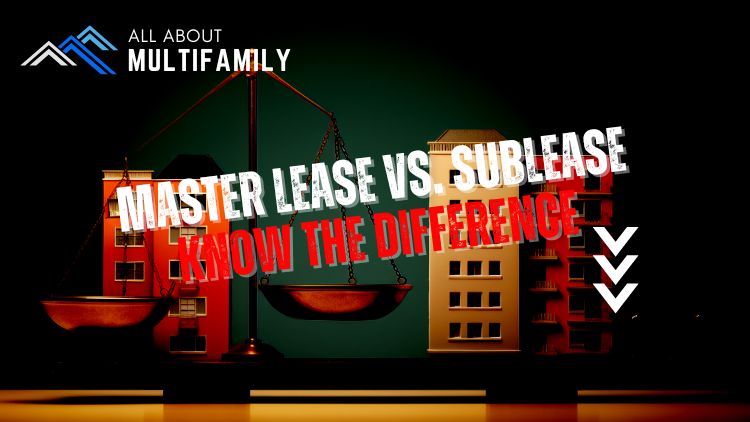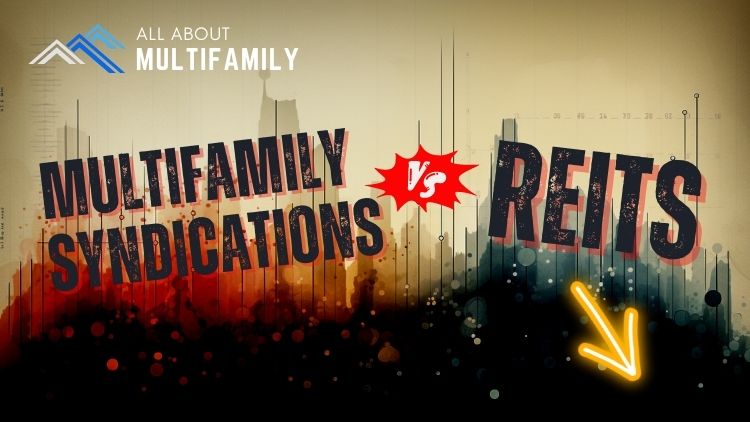Seller financing, also known as owner financing, is a financing arrangement in which the seller of a property acts as the lender, providing financing to the buyer. This type of financing can be particularly beneficial in multifamily real estate transactions, offering advantages for both buyers and sellers. In this article, we will explore how seller financing works in multifamily real estate, provide a case example with data analysis and examples, and present a comparative table to help you understand its benefits and considerations.
Understanding Seller Financing in Multifamily Real Estate
Seller financing allows buyers to purchase a multifamily property without relying on traditional financing from banks or lenders. Instead, the seller extends a loan to the buyer, who makes monthly payments directly to the seller. The terms of the loan, including the interest rate, repayment period, and other conditions, are negotiated between the buyer and seller.
Advantages of Seller Financing in Multifamily Real Estate
1. Access to Financing
Seller financing provides an alternative financing option for buyers who may have difficulty securing loans from traditional lenders. This opens up opportunities for aspiring investors with limited credit history or those who may not meet the strict eligibility criteria of banks.
2. Flexible Terms
Buyers and sellers have the flexibility to negotiate the terms of the financing arrangement. This includes determining the interest rate, repayment period, and down payment amount. Such flexibility allows buyers to structure a deal that aligns with their financial capabilities and investment objectives.
3. Faster Transactions
Seller financing can expedite the transaction process, as it eliminates the need for lengthy loan approval processes typically associated with traditional financing. Buyers can avoid the potential delays and complications often involved in securing a mortgage, enabling a quicker closing.
4. Potential Tax Benefits
Seller financing may provide certain tax benefits for sellers. By spreading out the payments over time, sellers can potentially minimize their tax liability and benefit from steady income through interest payments.
Case Example: Seller Financing in Multifamily Real Estate
Let’s consider a case example to illustrate how seller financing works in multifamily real estate.
Scenario:
Buyer A is interested in purchasing a 10-unit multifamily property listed for $1,000,000. The seller agrees to provide seller financing with the following terms:
- Purchase Price: $1,000,000
- Down Payment: 20% ($200,000)
- Loan Amount: $800,000
- Interest Rate: 5%
- Repayment Period: 20 years
Based on these terms, Buyer A would make monthly payments to the seller, including principal and interest, over a 20-year period. The exact payment amount and interest calculations can be determined using an amortization schedule.
Comparative Table: Seller Financing vs. Traditional Financing
Here’s a comparative table highlighting the differences between seller financing and traditional financing in multifamily real estate:
| Aspect | Seller Financing | Traditional Financing |
|---|---|---|
| Financing Source | Seller | Bank or Lender |
| Eligibility Criteria | Flexible | Strict |
| Down Payment | Negotiable | Typically required |
| Loan Terms | Negotiable | Standard |
| Approval Process | Simplified | Lengthy and Complex |
| Closing Time | Faster | Longer |
Seller financing offers a valuable financing option in multifamily real estate transactions. It provides access to financing, flexibility in terms, faster transactions, and potential tax














































![An In-Depth Look at Jake and Gino's Coaching Program [A Review]](https://allaboutmultifamilyinvesting.com/wp-content/uploads/2023/10/AAM-BMP-Blog-Covers-750-×-422px-6.jpg)


![Email Marketing Tips for Multifamily Real Estate Syndicators to Raise Capital [Templates included]](https://allaboutmultifamilyinvesting.com/wp-content/uploads/2023/09/AAM-BMP-Blog-Covers-750-×-422px-4.jpg)






![The Richest Kids In America [Book Review]](https://allaboutmultifamilyinvesting.com/wp-content/uploads/2023/09/AAM-BMP-Blog-Covers-750-×-422px-84.jpg)
















